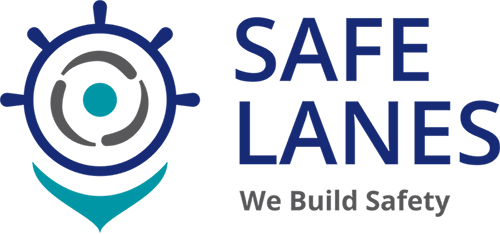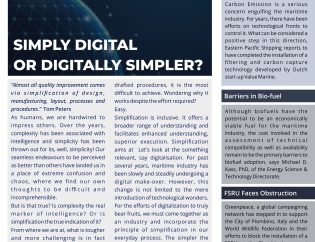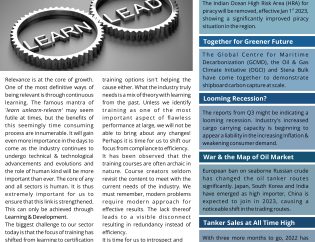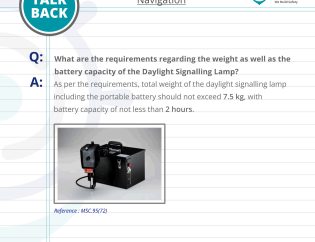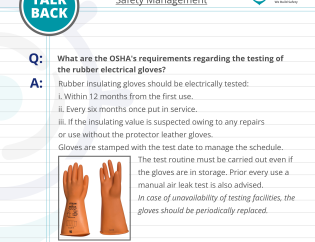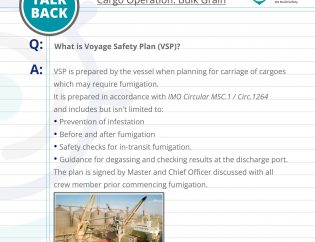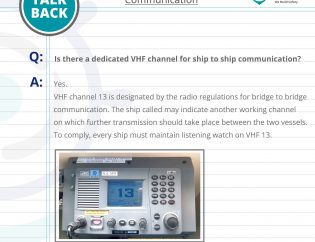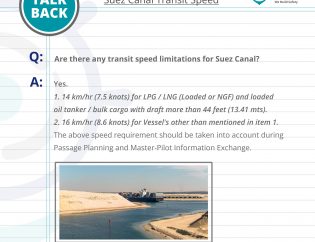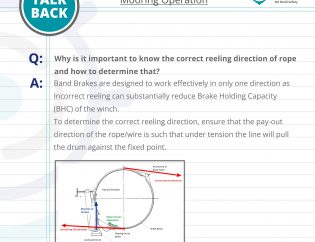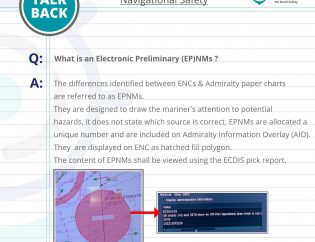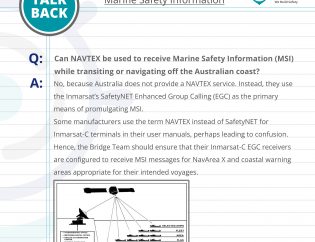
What comes first??? Addressing ‘Human Behavior’ or ‘Streamlining
Processes’
By – Rachit Jain, Safe Lanes
From the first version of SOLAS in 1914 to the new Low Sulphur Fuel Oil requirement of 2020,
the shipping industry has transformed at a mind-numbing rate.
As a vessel manager and seafarer, most of our energies get consumed battling a barrage of
national as well as international rules and regulations.
And all of this, in the interest of being ‘better’ and ‘safe’.
But do more regulations, more rules and more prescriptiveness make things
‘Better’ and ‘Safe’???
In a zeal to excel, the technology of things
continues its rapid onward march.
And although standardization of
equipment and enhancement of systems
has considerably reduced incident rates…
----------------------------------------------------------
‘Human Error’ still remains as one of the
major root causes during an incident
investigation.
----------------------------------------------------------
In today’s world, our performance is
evaluated almost exclusively by results….
THE KPIs. This is because, as I believe, we
lack clear understanding of the ‘human
factor’ in onboard execution of operational
tasks.
Now, performance improvement is like
navigating towards the horizon in sight…
You never actually reach there; however,
you build on your experience of sailing
safely across the seven seas.
Similarly, though we define our annual
KPIs, there must always be a ‘next-level’.
The important factor is to have ‘clarity of
target’... your long-term goal.
Presently there is a strong industry drive
for shipping companies to look into the
‘Human Factor’ within their organization.
While working for an oil major, I often got
opportunity to discuss company’s incident
statistics, when I experienced that most of
them tend to defend their accidents as
‘unavoidable’, in relation to the large
number of ships they operate.
----------------------------------------------------------
The attitude of ‘it’s ok’ is what actually
allows the next accident to happen.
----------------------------------------------------------
Our commitment towards sustainable
performance & continuous improvement
directly depends on our foundation… ‘our
mission and vision statement’.
Yes! In a real-world, incidents do happen.
However, if our aspiration is for zero
incident and zero accident, then we first
need to understand and agree on below
fundamentals:
1. believe that ‘zero’ is achievable
2. migrate from ‘reactive’ to ‘pro-active’
thinking
And as you work on the above two
fundamentals we need to commit to:
- be responsible, and
- give it all
Considering the fact that over 80% of the
incident investigation identifies human
error as one of the root-causes…
------------------------------------------------------------------------
It is a time to recognize the potential of Human Performance!!!
------------------------------------------------------------------------
However, one thing we neglect to understand is that in most incidents, the underlying cause
of human error is directly related to company’s existing processes and organizational issues.
As one incident highlights the human error of one or multiple employee(s), it also indicates
the potential of other employees:
• Working in the similar environment,
• Performing similar tasks,
• Using the same processes and resources, and
• Having similar knowledge and skills…
------------------------------------------------------------------------
It is a time to recognize the potential of Structured Management Systems and Processes!!!
------------------------------------------------------------------------
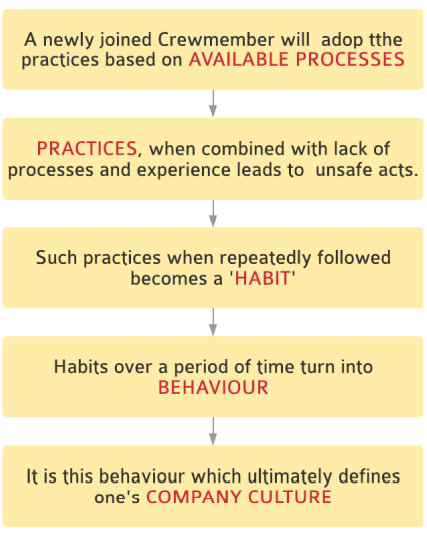
A company, at the time of its inception,
may not require robust processes because
when operating fewer ships it’s easier to
supervise and control the operation.
However, as company grows its operation
from 2 ships to 10, 20…50…100 and so on,
it’s important to understand the need of
structured system and robust processes.
When a company recruits a cadet, the
obvious intention is to inculcate
company’s culture as he/she progresses to
higher ranks.
But the point to ponder is…
• What is ‘Culture’? and
• How this gets inculcated?
Consider a company having unstructured
system with fewer processes…
In conclusion, it would be fair to say that to improve a company’s culture it is arguably more
important to build robust processes before we jump on the bandwagon of building
commitment for those process

